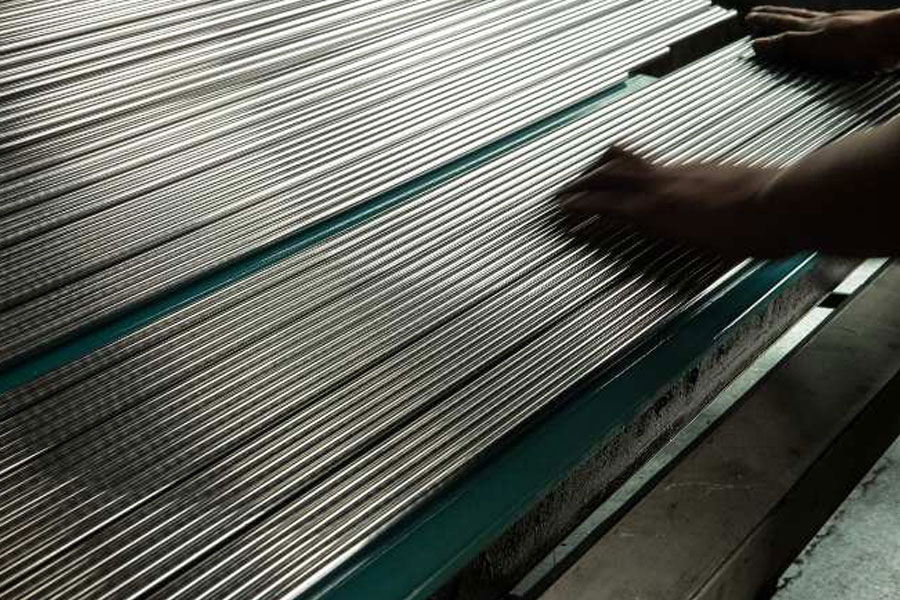Importance of tensile mold materials: When the customer’s requirements for materials are not very strict and repeated mold tests cannot meet the requirements, you can try again with materials with good tensile properties. Good materials are half the battle.
The surface finish of the drawing die: During the drawing process, both sides of the die and the blank holder are not completely ground, especially when drawing stainless steel plates and aluminum plates, drawing marks are more likely to be produced, which can lead to tensile fracture in severe cases.
The determination of the blank size of the drawing die: more wrinkles and fewer cracks are our principle. It can be calculated according to the principle of the area of the blank and the area of the drawing part.
The coefficient of the stretching die is one of the main parameters in the calculation of the stretching process, and is usually used to determine the sequence and number of stretching. The choice of processing oil is very important.
The way to judge whether the lubricating oil is appropriate is to reconsider the choice and method of lubricating oil if the temperature of the product is too high to be touched when the product is taken out of the mold.
Heat treatment of drawing mold: Although it is not recommended, it should be said that during the drawing process, due to the cold plastic deformation of the workpiece, cold work hardening will occur, which will reduce the plasticity, increase the deformation resistance and hardness, and the mold design is unreasonable , Need intermediate annealing to soften the metal and restore plasticity.
When designing the drawing die, it should be noted that the dimensions on the product drawing should be marked on one side as much as possible. In order to ensure wear resistance and prevent tensile scratches, the convex and concave die and the blank holder must be quenched and so on. In short, the design of drawing molds is relatively cumbersome and requires more attention from molders.

Leave a Reply